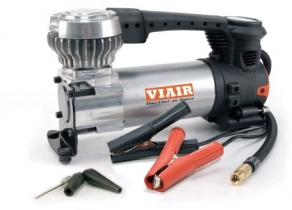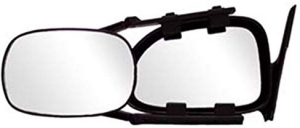-
Welcome to Tacoma World!
You are currently viewing as a guest! To get full-access, you need to register for a FREE account.
As a registered member, you’ll be able to:- Participate in all Tacoma discussion topics
- Communicate privately with other Tacoma owners from around the world
- Post your own photos in our Members Gallery
- Access all special features of the site
Aspect ratio and winter traction
Discussion in '2nd Gen. Tacomas (2005-2015)' started by NMTrailRider, Nov 23, 2015.
Page 3 of 10
Page 3 of 10


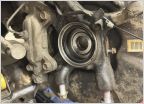 CV Dust seal removal
CV Dust seal removal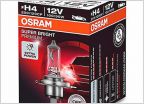 Headlight bulb out... what replacement bulb kicks @ss?
Headlight bulb out... what replacement bulb kicks @ss?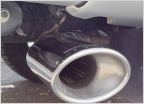 Is the TRD Cat-Back Exhaust right for me?
Is the TRD Cat-Back Exhaust right for me?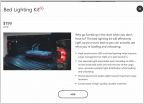 3rd Gen OEM Bed Lighting Kit on a 2nd Gen?
3rd Gen OEM Bed Lighting Kit on a 2nd Gen?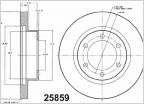 Brakes
Brakes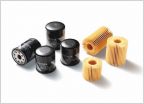 Saw this.. purolator synthetic oil filter?
Saw this.. purolator synthetic oil filter?









